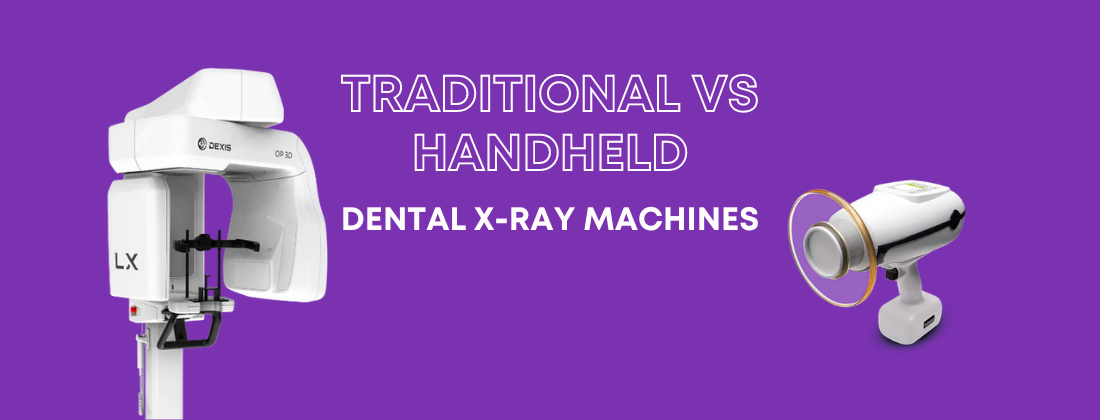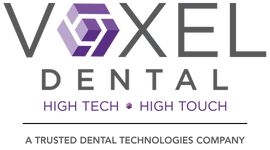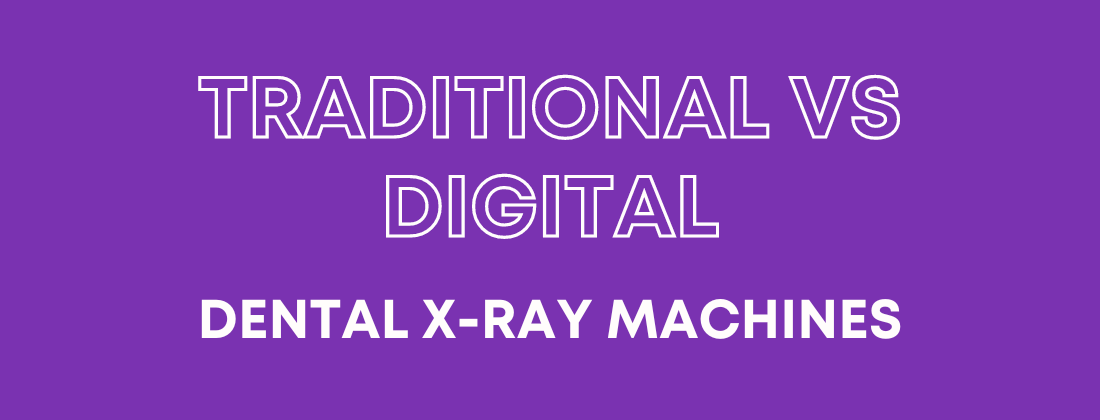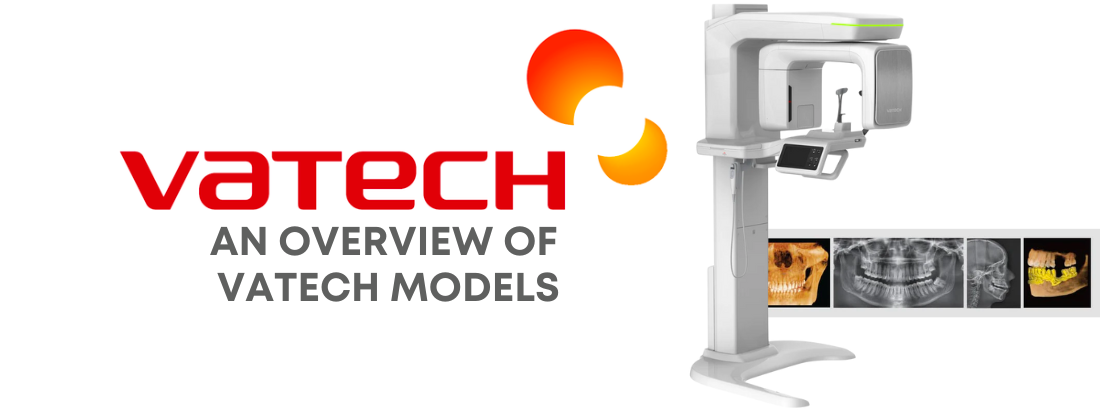Handheld Dental X-Rays vs. Full Dental X-Ray Machines: A Comparison

In the dental imaging world, over 90% practitioners are using some form of digital X-ray to capture scans (compared to film). So, today, the question isn't IF I'm going to use a digital X-ray, but rather WHICH digital X-ray system is right for me and my practice?
And sometimes, this decision comes between utilizing handheld dental X-ray units and traditional dental X-ray machines, such as panorex, pan/ceph and CBCT. Each option offers distinct advantages and limitations, catering to different needs within the dental practice.
Today, we're offering an in-depth comparison of handheld dental X-rays and full dental X-ray machines, helping dental professionals make informed decisions based on their specific practice requirements, patient demographics, and operational efficiencies.
Handheld Dental X-Ray Units
Advantages
- Portability: The most significant advantage of handheld X-ray units is their portability, allowing for easy transport between operatories, which is particularly beneficial in multi-chair practices or when treating patients who cannot be easily moved.
- Convenience and Efficiency: Handheld units facilitate quick and efficient intraoral images, reducing the time patients spend in the chair and streamlining the workflow, especially for specific procedures like endodontics or emergency diagnostics.
- Patient Comfort: Their small size and the ability to take images at the chairside can reduce patient anxiety, offering a more comfortable and less intimidating experience.
Limitations
- Image Quality and Consistency: While modern handheld units produce high-quality images, there might be variability in image consistency due to potential movement during exposure.
- Radiation Safety: Handheld units require strict adherence to safety protocols to ensure minimal radiation exposure to the operator and surrounding areas.
Dental X-Ray & CBCT Machines
Advantages
- Image Quality and Precision: Full dental X-ray machines often provide superior image quality and consistency, with less susceptibility to operator movement, ensuring precise diagnostics.
- Advanced Imaging Options: Many full-sized machines offer a range of imaging options, including panoramic, cephalometric, and even CBCT (Cone Beam Computed Tomography), providing comprehensive diagnostic capabilities beyond intraoral imaging.
- Ergonomics and Safety: Designed with both patient and operator safety in mind, these machines often have built-in safety features and ergonomic designs that minimize radiation exposure and reduce physical strain on operators.
Limitations
- Space and Mobility: X-ray machines require dedicated space within the practice and cannot be easily moved, which may limit flexibility in patient positioning and increase the time needed for image acquisition.
- Investment Cost: The initial investment for full dental X-ray machines is typically higher than for handheld units, potentially impacting budget considerations for smaller practices or startups.
Choosing the Right Equipment for Your Practice
When deciding between a handheld dental X-ray unit and a full dental X-ray machine, consider the following factors:
- Practice Size and Layout: Larger practices with multiple operatories might benefit from the flexibility of handheld units, while practices with dedicated radiography rooms may prefer full-sized machines.
- Patient Demographics: Practices serving a high volume of pediatric patients, patients with special needs, or those with mobility issues might find handheld units more practical and patient-friendly.
- Types of Dental Services Offered: Specialized dental fields like endodontics or oral surgery might require the immediacy and convenience of handheld units, while comprehensive practices offering a wide range of services might benefit from the versatility of full-sized machines.
- Budget Constraints: Financial considerations will play a crucial role, with handheld units generally being more cost-effective, especially for practices establishing their patient base or looking to minimize upfront costs.
WHICH IS RIGHT FOR ME?
In sum, both handheld and traditional X-ray systems are appropriate for most dental and specialty practices (including a combination of both). The choice between them should be based on your specific practice needs, budget, and the features you require.
Interested in learning more about each option and our available models?
Get to know Voxel! We have a team of dental technology experts ready to help you find the right equipment for your practice. And, because we’re an authorized dealer of several brands, including DEXIS (Nomad Pro 2 handheld as well as i-CAT, DEXIS OP3D, etc), Vatech, Carestream, PreXion and more, we’ll be able to help you find the best fit for your practice at the best value.
Need something other than 2D/3D imaging? Voxel also has a wide inventory of 3D printers, intraoral scanners, intraoral sensors and more, all from the brands doctors choose most!
We’ve worked with thousands of dentists across the US. We know what it takes to get up and running quickly, especially with new technology. That’s why we back all of our products with a comprehensive warranty, 24/7 product support, installation, and perhaps most importantly online and on-site training to help get you and your staff started with your new technology as quickly as possible.
Ready to begin? Give us a call at (281) 789-7270 or fill out an online inquiry form here. We look forward to earning your business.



